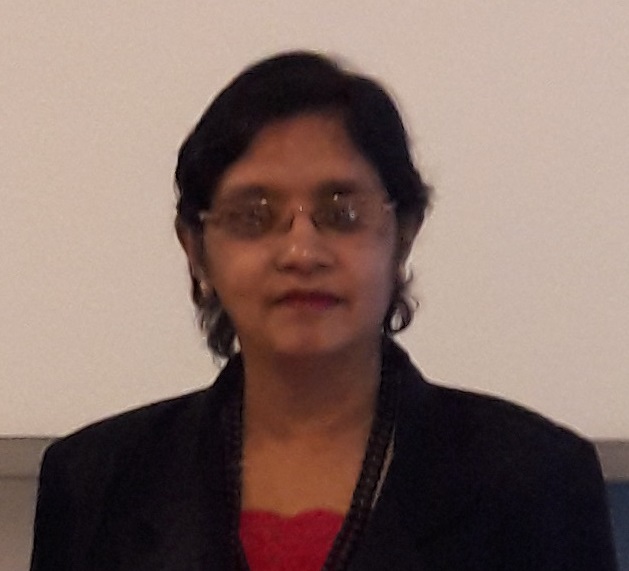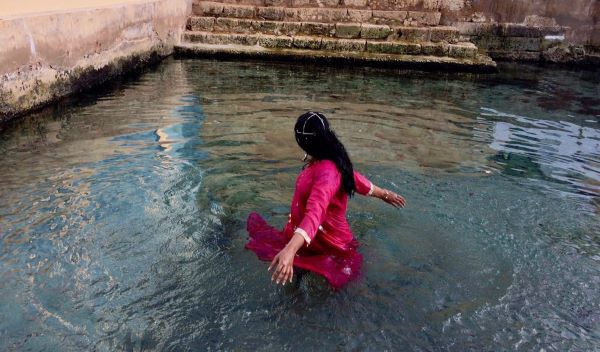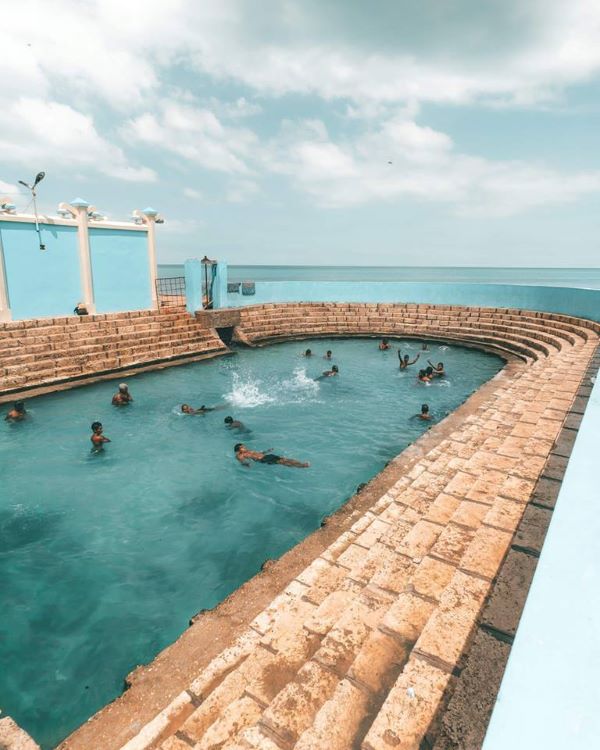Keerimalai Springs – shrouded in myth and legend
By Arundathie Abeysinghe
 Situated adjoining the famous Keerimalai Naguleswaram Kovil (a shrine dedicated to Hindu God Shiva, considered as the destroyer of evil) in the northern coast of *Jaffna, this picturesque ancient stepped pool with bright aquamarine water set against the nearby Indian Ocean is a pool which according to locals has healing properties. At present, the site of Keerimalai Springs is a famous tourist attraction.
Situated adjoining the famous Keerimalai Naguleswaram Kovil (a shrine dedicated to Hindu God Shiva, considered as the destroyer of evil) in the northern coast of *Jaffna, this picturesque ancient stepped pool with bright aquamarine water set against the nearby Indian Ocean is a pool which according to locals has healing properties. At present, the site of Keerimalai Springs is a famous tourist attraction.
According to locals, the *Kovil situated in close proximity to springs is an ancient Hindu Temple Complex as it has been mentioned in many Indian religious treatises such as Dakshina Kailasa Puranam and Skanda Puranam and the Kovil had been a pilgrimage center for South Indian Hindus. The pilgrims had bathed in the spring prior to visiting the Kovil.
Keerimalai means ‘mongoose hill’ in vernacular Tamil. Situated towards west of *Palaly in Jaffna, Keerimalai Springs, also known as Keerimalai Pond by locals is shrouded in myth and legend. According to a local legend, a sage had been cursed with a face similar to a mongoose (Herpestidae). He was able to get rid of his physical features after immersing himself in the waters of Keerimalai Springs. Hence, Keermalai Springs is considered as a Sacred Water Spring. According to folklore, Keerimalai Naguleswaram Kovil had also been built by the sage, who was cured after bathing in Keerimalai Springs.

According to another legend, Keerimalai Springs had been well-known as a mineral water spring from 7th century as a *Chola Princess’s digestive disorder had been cured after bathing in it. Her facial deformity (she has had the ‘likeness of a horse’s head’) too had been altered after bathing in the Keerimalai Springs.
According to folklore, a *Pandyan Princess known as Maruthapura Veeravalli had built the Maviddapuram Murukan, a Hindu Kovil located near Keerimalai Springs when she was healed of her sickness.
As the water flows through the fissures of the carbonated rocks, it acquires chemical values which according to scholars have therapeutic benefit to human body.
Keerimalai Springs is an important place for Hindus and the majority of people who bathe in it are also Hindus, although, at present it has become a tourist attraction and locals of all nationalities bathe in it.
Although, Keerimalai Springs is situated near the sea, the water in the spring is fresh as it comes from an underground freshwater spring.
According to locals, there is a cave complex in close proximity to the spring used for meditation by a mythical sage known as “Nagula Muni”.
Today, the spring is a popular bathing spot among large crowds of local men and boys who splash about in the breathtaking ancient pond overlooking the Indian Ocean, separated by a wall. There is a separate bathing area for women situated behind the main pond structure.

Location: About 15 kilometers from Jaffna town
- Chola – Known as Chola Dynasty, Tamil Empire in South India, it is one of the longest ruling dynasties of the world.
- Jaffna – Capital city of the Northern Province of Sri Lanka and the administrative headquarters of Jaffna District, Jaffna is located on Jaffna Peninsula. In 1621, during the Portuguese Colonial Era, the Portuguese established Jaffna City as their colonial administrative center.
- Kovil- A distinct type of Hindu Temple meaning “Residence of God”, Kovil also refers to a place of worship.
- Palaly – A small town in Jaffna District, Palaly has in international airport as well as a military air base, Sri Lanka Air Force Palaly also known as SLAF Palaly. Military as well as civilian aircraft land at the Airport and it serves as the main mode of transport service from other parts of Sri Lanka and India.
- Pandyans- A dynasty known as Pandyas of Madura is a dynasty of South India considered as one of the three famous Tamil lineages, Chola and Chera being the other two. Pandya Dynasty had ruled from 6th– 10th centuries CE and the “Later Pandyas” had ruled from 13th– 14th centuries CE. According to chronicles, Pandyans had ruled extensive territories including large areas of present-day South India.







